Jerk Like a Jamaican: 7 Spicy Secrets to Mastering Authentic Real Jamaican Jerk Seasoning
Calling all spice lovers and backyard grillers! If you’ve ever tasted real Jamaican jerk chicken and wondered, “What sorcery is this?”, you’re not alone. This isn’t just seasoning — it’s a flavor bomb with Caribbean soul. Whether you're a pro chef or someone who barely survives the spice aisle at the grocery store, this guide will walk you through everything you need to know about authentic real Jamaican jerk seasoning. Buckle up, because we’re diving into the heat!
Table of Contents
- What Exactly Is Jamaican Jerk Seasoning?
- The Spice Lineup: Breaking Down the Key Ingredients
- Homemade vs. Store-Bought: Which One Slaps?
- How to Use It Like a Pro (No Smoky Pit Required)
- Storage Tips: Keep That Flavor Fresh
- Jerk Around the World: Global Twists on the Classic Blend
- Avoid These Common Mistakes When Using Jerk Seasoning
- Conclusion: Jerk On, Flavor Warriors!
What Exactly Is Jamaican Jerk Seasoning?
If you think jerk seasoning is just salt, pepper, and a sprinkle of hot sauce, my friend, you’re missing out on a rich culinary legacy. Originating from Jamaica centuries ago, jerk seasoning was developed by the Arawak people and later adopted by Maroons — escaped African slaves — who made it their own.
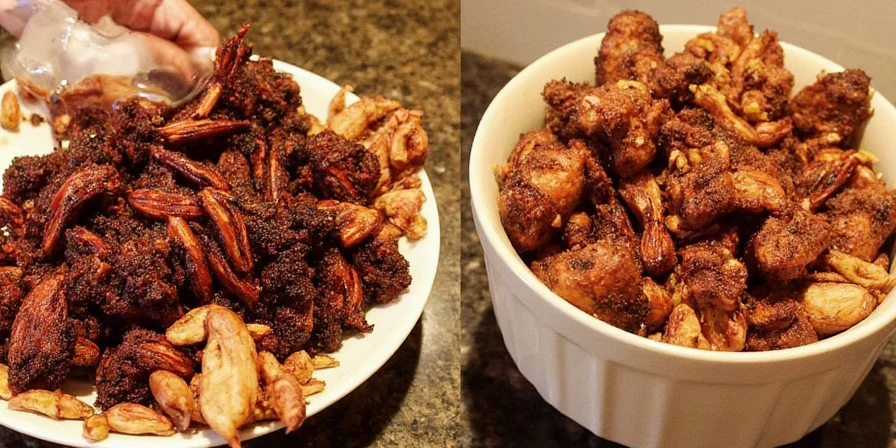
The word "jerk" refers both to the style of cooking and the seasoning blend used. Traditionally, meats are marinated in the spice mix and then slow-roasted over pimento wood, giving that smoky depth you can almost smell through your screen.
The Spice Lineup: Breaking Down the Key Ingredients
So what’s really inside this magical black voodoo dust we call jerk seasoning? Let’s break down the holy trinity — plus some honorable mentions:
| Ingredient | Role in the Mix | Flavor Profile |
|---|---|---|
| Scotch Bonnet Peppers | The heat powerhouse | Fiery, fruity, slightly sweet |
| Allspice (Pimento) | The backbone of jerk flavor | Warm, earthy, cinnamon-clove fusion |
| Thyme | Herbal lift | Earthy, aromatic, slightly minty |
| Ginger | Spicy warmth | Peppery, citrusy kick |
| Garlic & Onion | Umami foundation | Pungent, savory, aromatic |
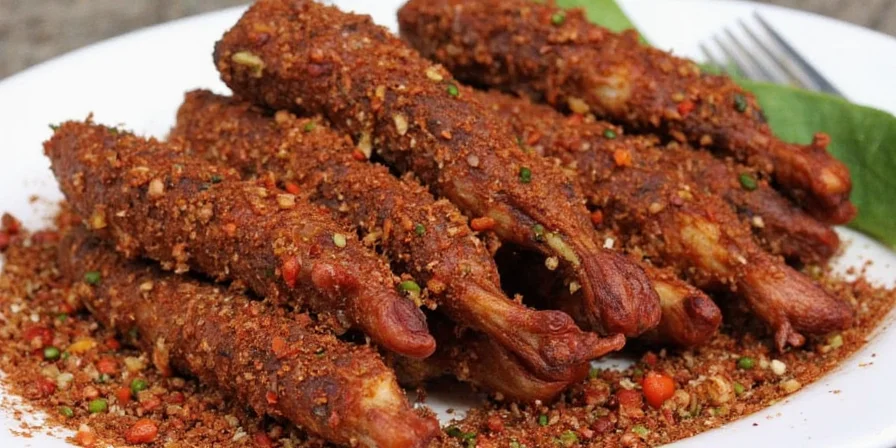
Bonus ingredients often include nutmeg, cinnamon, brown sugar, soy sauce, and vinegar for balance. Each family recipe might have its own twist — which brings us to our next point...
Homemade vs. Store-Bought: Which One Slaps?
Let’s talk turkey — or rather, let’s talk jerk. While pre-made jerk seasoning is convenient, nothing beats the freshness and customization of making your own.
| Option | Pros | Cons |
|---|---|---|
| Homemade | Fresher, customizable, no preservatives | Takes time, requires multiple ingredients |
| Store-Bought | Quick, easy, shelf-stable | Lacks depth, inconsistent quality, added fillers |
Pro Tip:
- Label reading matters! Look for minimal additives.
- Make a big batch of homemade jerk seasoning and store it in an airtight container — trust me, your future self will thank you.
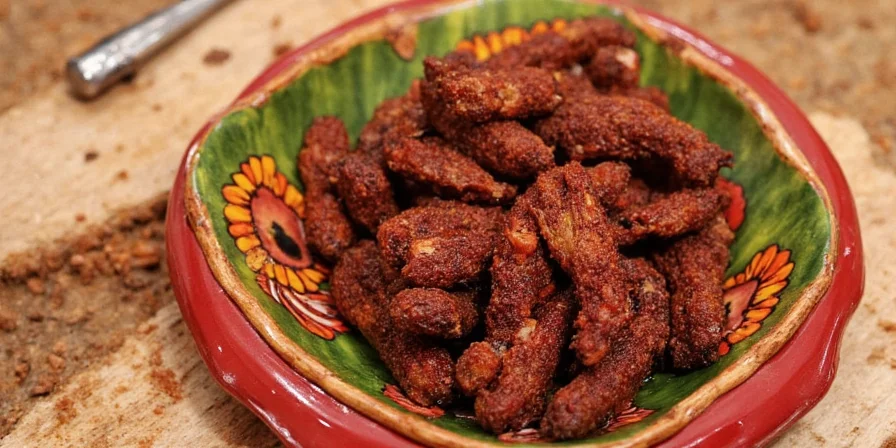
How to Use It Like a Pro (No Smoky Pit Required)
You don’t need a traditional pimento wood fire to enjoy authentic jerk flavor — but a little creativity goes a long way. Here’s how to use real Jamaican jerk seasoning like a culinary ninja:
- Marinate, baby, marinate: At least 8 hours, preferably overnight. The longer the better — especially for chicken or pork.
- Balance with sweetness: Add a touch of brown sugar or pineapple juice to counteract the heat and deepen flavor.
- Grill it like you mean it: Even if you’re using a gas grill, get that char going. Don’t forget to baste with extra marinade while cooking.
- Vegetarian love: Don’t limit jerk to meat! Try it on tofu, eggplant, or grilled cauliflower for a spicy vegan twist.
- Don’t skip the smoke: If you don’t have access to a smoker, use smoked paprika or liquid smoke in your marinade.

Storage Tips: Keep That Flavor Fresh
Want your jerk seasoning to last more than a week? Here’s how to keep the flavor fireworks going:
- Store dry blends in glass jars: Air-tight containers keep spices fresh for months.
- Freeze wet marinades: Make a large batch, pour into ice cube trays, and freeze for easy portion control.
- Keep it cool and dark: Light and heat degrade spices fast — stash them in a cool pantry away from the oven.
- Smells matter: If your jar smells like cardboard, it’s time to toss it and make a fresh batch.

Jerk Around the World: Global Twists on the Classic Blend
Like any good flavor, jerk seasoning has gone global. Chefs around the world have taken inspiration and jazzed it up with local flavors. Here are some fun twists you can try:
- Japanese Jerk: Swap thyme for shiso, add miso for umami punch.
- Mexican Fusion: Toss in chipotle powder, lime zest, and cilantro for a Tex-Jerk experience.
- Caribbean-Curry Blend: Mix in turmeric and cumin for an Indo-Caribbean vibe.
- Coconut Jerk: Add coconut milk to the marinade for a creamy, tropical spin.
Avoid These Common Mistakes When Using Jerk Seasoning
Even seasoned cooks can trip up when handling jerk seasoning. Here’s a quick list of what *not* to do:
- Overloading the spice: Jerk is bold, not nuclear. Taste as you go!
- Using dried peppers instead of fresh Scotch Bonnet: You lose that signature fruitiness and depth.
- Cooking without resting: Let the meat rest after grilling — juices redistribute, flavors settle.
- Forgetting acid: Lime juice or vinegar helps activate the spices and tenderize meat.
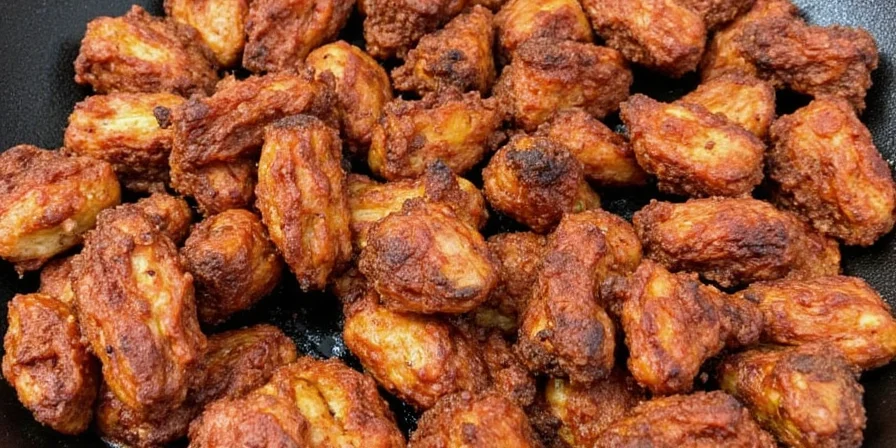
Conclusion: Jerk On, Flavor Warriors!
Real Jamaican jerk seasoning isn't just about turning up the heat — it's a celebration of culture, tradition, and flavor. Whether you're mixing up a storm in your kitchen or picking up a bottle from the market, mastering jerk seasoning opens the door to one of the most vibrant spice traditions in the world.
So go ahead — embrace the burn, respect the roots, and make every meal feel like a Caribbean vacation. Your taste buds (and maybe a few startled guests) will thank you.
Jerk on, spice warriors. 🌶️🌴
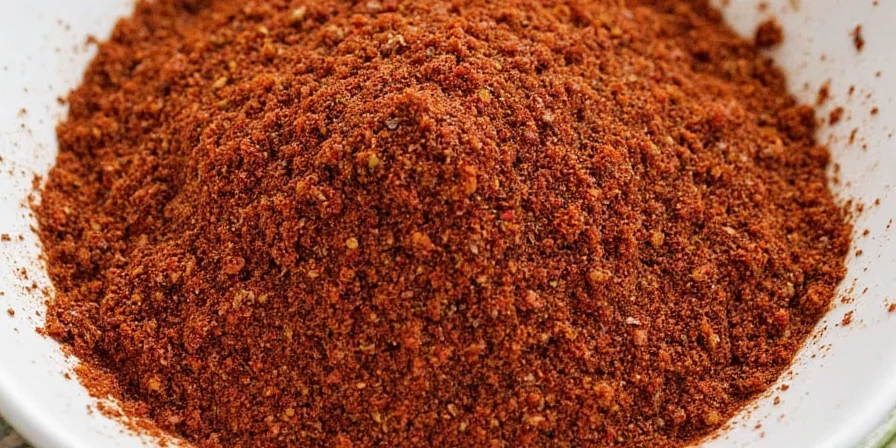

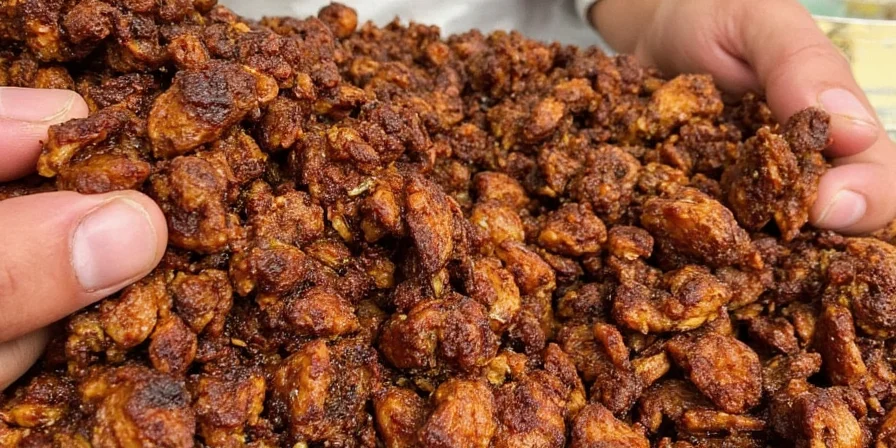









 浙公网安备
33010002000092号
浙公网安备
33010002000092号 浙B2-20120091-4
浙B2-20120091-4